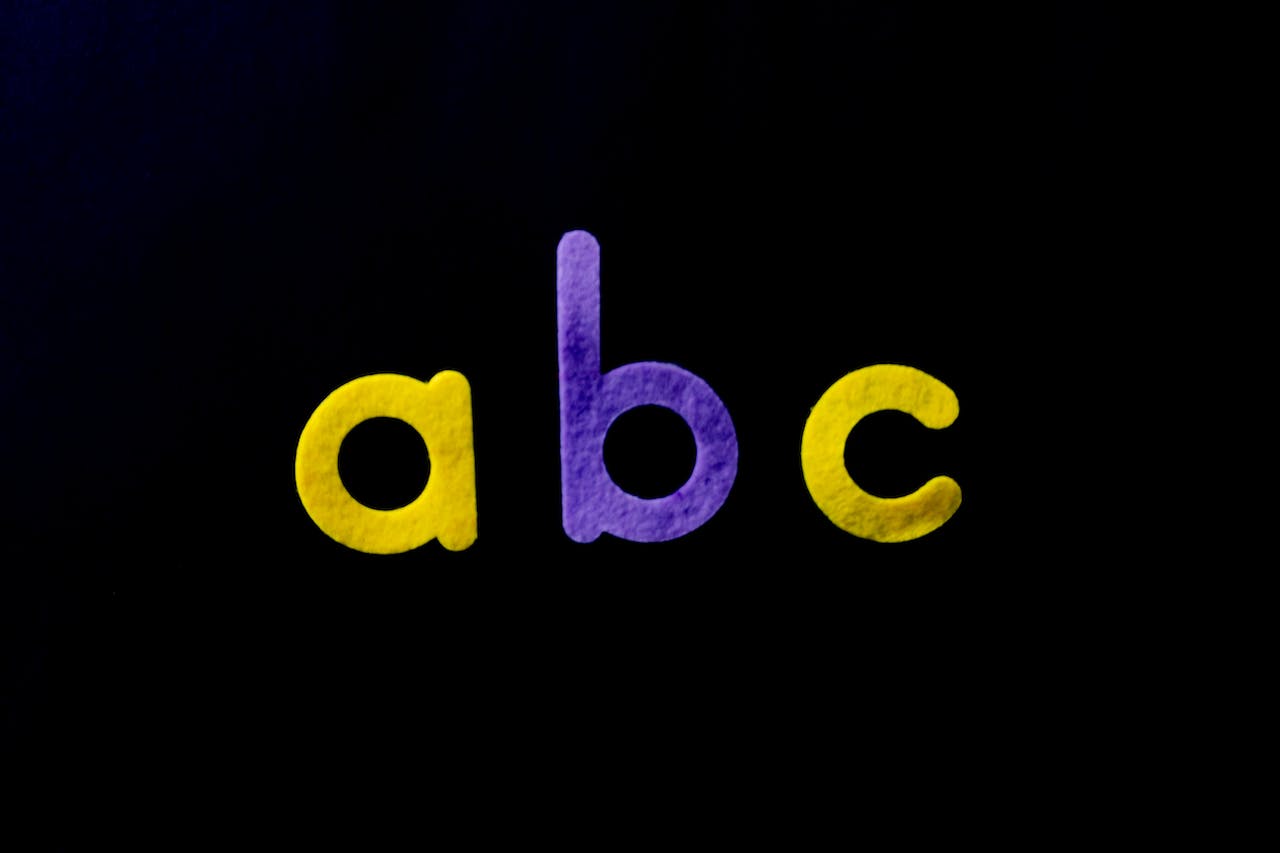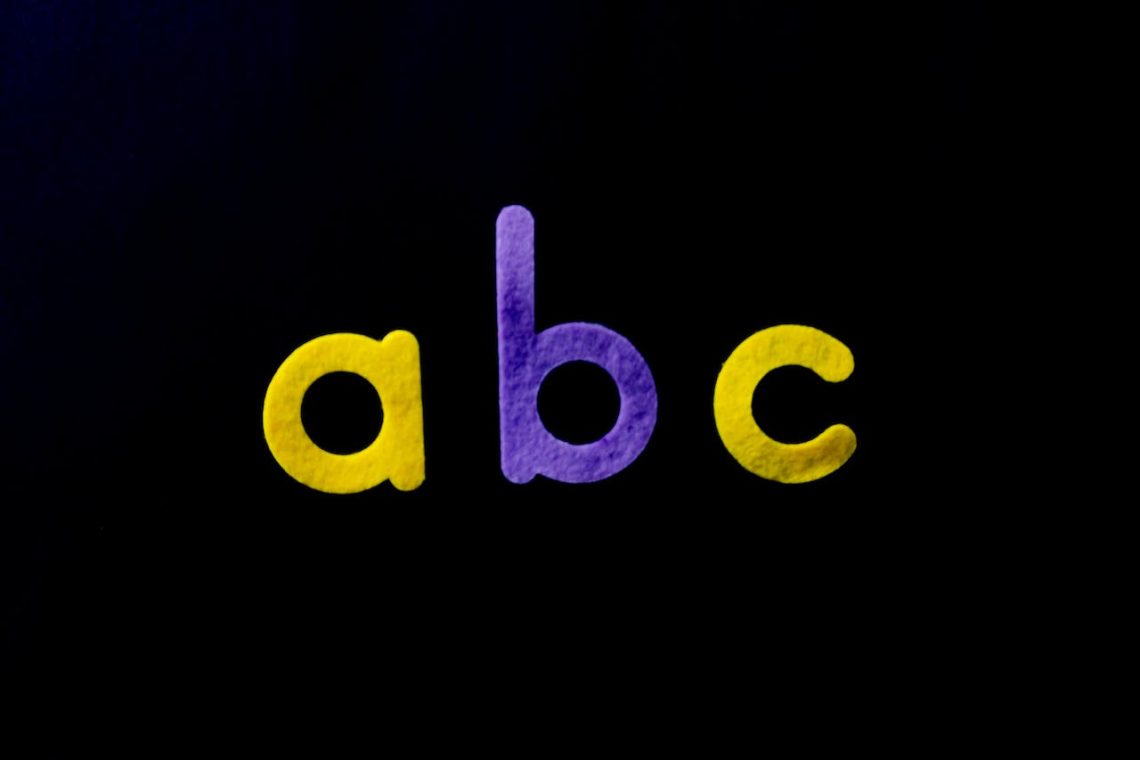
For startups, securing funding is a fundamental yet challenging task- over 90% of startups fail to acquire enough capital to get off the ground. Fortunately, equity financing offers early-stage companies a compelling funding avenue.
Equity funding works by selling ownership shares in exchange for investor capital, allocating a portion of the company’s equity to external backers. This structure allows ambitious startups to raise substantial financing without burdensome debt. The process involves several funding rounds like Series A, B, C, D, and E. These various rounds of financing that startups or companies go through are to raise capital from investors at different stages of their growth journey. Each round represents a stage of development, and the funding obtained in each round helps the company achieve specific objectives and milestones.
Seed Funding
Before Series A, B, C, D, and E funding, there is seed funding. Seed funding refers to the initial stage of capital funding for a startup. It’s the first significant injection of capital a new business receives, typically in the early stages when the concept or idea is being developed or tested.
Seed funding typically comes from various sources, including:
- Angel investors: individual investors who provide capital in exchange for equity or convertible debt.
- Venture capital (VC) firms: VC firms are investment entities that provide financial support to early-stage, high-potential startups and companies in exchange for equity ownership. Some VC firms invest in seed-stage startups, but this varies based on their investment strategy.
- Startup accelerators and incubators: programs that offer seed funding, mentorship and support in exchange for equity or a small investment.
Series A Funding Round
Series A funding is the initial significant round of investment that a startup seeks after its seed round. At this stage, the company has already established or is in the process of establishing its business model and has a decent customer base. Series A funding helps the startup in further developing its products, expanding its market reach and scaling up operations.
During the Series A round, investors inject capital into the company in exchange for preferred shares or convertible notes. The funding amount can range from a few million to tens of millions of dollars ($2 million to $15 million according to Ryan Rutan for Startups.com), depending on the startup’s valuation and specific needs. Rutan also reported that the average valuation for a startup at this round is between $10 million to $15 million.
Investors involved in Series A funding are typically venture capitalists (VCs), angel investors or sometimes even large institutional investors looking to support promising early-stage companies. These investors take on more significant risks compared to those involved in seed funding, as the company has progressed further but still may not be profitable.
Successfully securing Series A funding is a significant milestone for startups, as it signifies investor confidence in the company’s potential for growth and success. However, Rutan wrote that unsuccessful attempts at securing Series A funding are what cause a lot of startups to fall. A lot of meaning over half. And because this funding is often provided by one investor, keeping the first venture capitalist invested in the company is crucial.
Series B Funding Round
Series B funding is the next stage of investment that follows the Series A round in a startup’s funding journey. At this point, the company has usually progressed beyond the initial development phase and has achieved certain milestones, such as establishing a customer base, refining its products or services and demonstrating revenue growth.
Series B funding is aimed at scaling the company’s operations, expanding its market reach and further developing its products or services. So, at this point, Rutan noted having a good team is important in order to raise clientele. This means no more “boot-strapping” or doing everything alone. That means the startup owner needs enough money to offer workers a competitive salary.
Funding usually involves previous investors who want to secure their stake in the company. Additionally, it involves a mix of venture capital firms, institutional investors, and sometimes strategic investors. The investment can range from several million dollars to tens of millions, depending on the company’s valuation and growth prospects. Rutan reported that the average valuation for a startup at this round is between $30 million and $60 million.
Series C Funding Round
Series C funding is the subsequent stage of investment that comes after Series B in a startup’s fundraising journey. By the time a company reaches the Series C round, it has likely achieved significant growth, solidified its customer base, and potentially achieved profitability or is on the verge of it.
This is the point of expanding the business to make new products, acquire international or new markets and/or acquire other businesses. Funding can range from tens of millions to hundreds of millions of dollars. This is also often the last stage of funding that companies do after increasing their valuation. That valuation at this round, on average, is usually $100 million to $120 million, according to Rutan. Companies use Series C funding to fuel further growth, expand into new markets, invest in research and development, strengthen infrastructure, and prepare for an IPO (Initial Public Offering) or an acquisition by a larger company.
The nature of an IPO or seeking acquisition from another company is why many startups cease funding after a Series C round. An IPO is the process by which a private company offers its shares to the public for the first time, allowing investors to buy ownership stakes in the company. On the other hand, an acquisition offer can be an appealing exit as the opportunity is usually more lucrative than continuing to grow independently. Exiting through acquisition can also provide a significant return on investment for stakeholders.
Series D Funding Round
Series D funding is not as common as earlier funding rounds, as not all startups progress to this stage. This series of funding is usually done by companies that want to increase their funding even more before going public with an IPO or seeking an acquisition. Additionally, companies that want to raise funding and continue to stay private longer continue with series D funding.
Series D rounds may involve more complex negotiations and terms due to the increased stakes and valuation. Both the company and investors aim to strike a balance that aligns with their goals and expectations. Rutan wrote the con of this stage is that it can lead to a “down round,” meaning the company makes less money this round than it did in Series C funding round. This is hard to recover from.
Series E Funding Round
Few companies seek Series E round funding. Those that do seek it usually do so for reasons similar to series D round funding. The reasons mainly include wanting to stay private longer or increasing valuation before pursuing an IPO or acquisition. However, this funding is also sought after to pursue aggressive growth strategies or to solidify its position in the market further.





